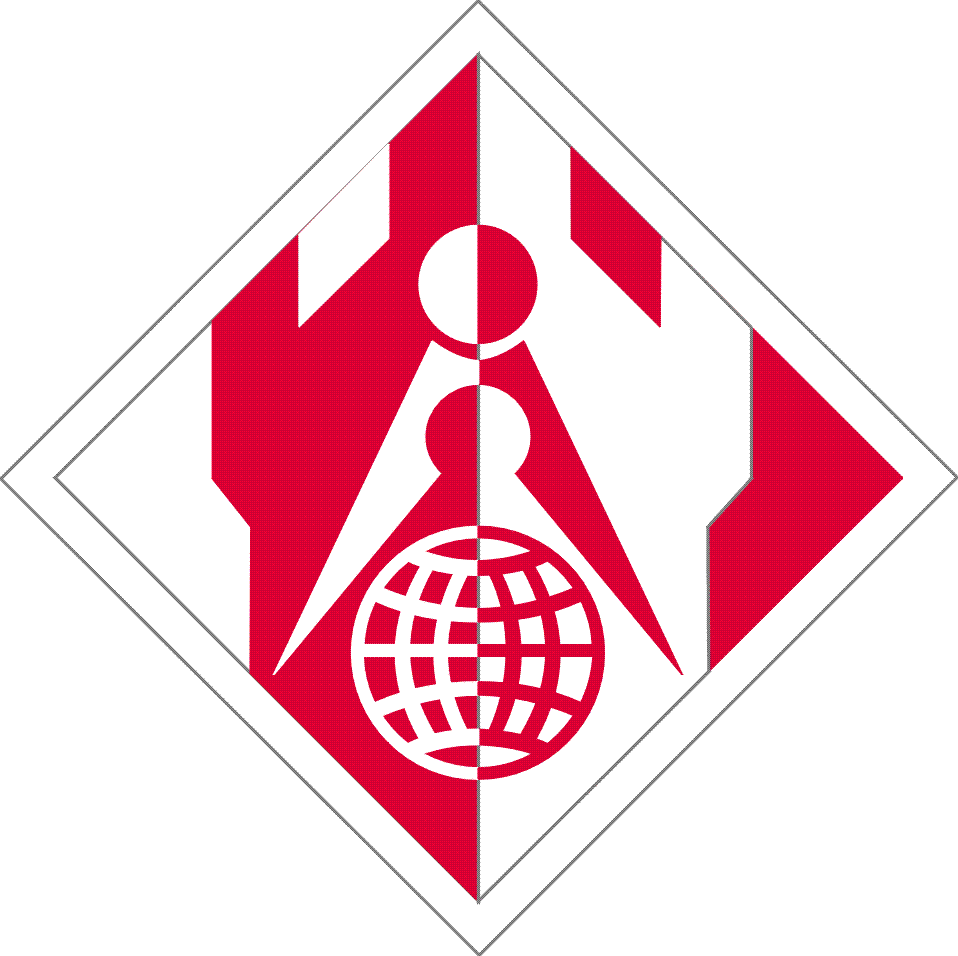On 16 June 1979 the U.S. Army Corps of Engineers became a Major Army Command (MACOM). The document conferring MACOM status was Headquarters, Department of the Army (HQDA) General Order No. 13, dated 14 June 1979. Receiving MACOM status culminated a series of events that began almost three years earlier.
In an oral history interview, LTG John W. Morris, USA (Ret.), Chief of Engineers from July 1976 through September 1980, stated that the events leading to MACOM status started after Jimmy Carter was elected president in November 1976. As a candidate, Carter criticized the Corps’ civil works activities. During an Army commanders’ conference shortly after the election, General Morris asked the Chief of Staff of the Army, General Bernard Rogers, for an opportunity to address the group. (Members of the Army staff, such as General Morris, attended the commanders' conferences as observers, not participants.) General Morris asked the commanders for their support in convincing the new president of the importance of maintaining the Corps’ civil works mission in the Army; he received the commanders’ full support.
After the meeting, according to General Morris, General Rogers, his former West Point classmate, suggested that the Corps become a MACOM. At that time Corps headquarters, the Office of the Chief of Engineers (OCE), was part of the Army staff, and the Corps’ divisions, districts, and other field organizations were HQDA field operating activities under the command of the Chief of Engineers.
Some people in OCE and on the Army staff had reservations about the Corps becoming a MACOM. They argued that the thrust of recent DOD reorganizations had been to separate staff and operating functions and the Corps’ request might lead to formation of a MACOM separate from OCE. Others feared that formation of a MACOM might look like a revival of the Technical Services organization that existed prior to the reorganizations of Defense Secretary Robert McNamara in the 1960s.
General Morris persisted, however, arguing that MACOM status would improve understanding of the Corps’ missions and capabilities by the rest of the Army, increase the Corps’ integration into the Army, and improve its relationships with the other MACOMS and Army staff agencies. The Chief of Engineers argued that MACOM status would "reinforce in my people and throughout the Army, visually and organizationally, the bond between the Army and its Engineers."
The Secretary of the Army approved the general order making the Corps of Engineers the 14th MACOM. The order took effect on 16 June 1979, the 204th anniversary of the date when the Continental Congress authorized General George Washington to appoint a chief engineer and two assistants in the Continental Army.
* * * * *
The Army's Institute of Heraldry officially assigned the Shoulder Sleeve Insignia and the Distinctive Unit Insignia (DUI) to the U.S. Army Corps of Engineers as a Major Army Command (MACOM). Although the MACOM was established in 1979, the shoulder sleeve insignia was adopted two years earlier for military personnel serving in Corps of Engineers' field organizations, such as divisions, districts, and labs. The MACOM shoulder sleeve insignia also appears as one element in the MACOM flag.
SHOULDER SLEEVE INSIGNIA
(worn on left shoulder) |
 |
| Symbolism: The globe refers to the activities of the U.S. Army Corps of Engineers both in the Continental United States and overseas. The dividers are symbolic of design and planning and the tower signifies the construction mission. Scarlet and white are the colors traditionally associated with the Corps of Engineers. |
DISTINCTIVE UNIT INSIGNIA
RIGHT / LEFT
(worn on each epaulette) |
 |
| Symbolism: The eagle, our National symbol, stands behind the scarlet and white tower representing the Corps of Engineers and its construction mission. The worldwide scope of the Corps' mission and its service to the Nation in the past, present, and future are suggested by the sun symbol and globe. The olive branch connotes the peaceful nature of the Corps' mission and the oak stands for fortitude. The Corps' historic motto, "ESSAYONS" meaning, "Let Us Try" is held in the eagle's beak. |
* * *
2000